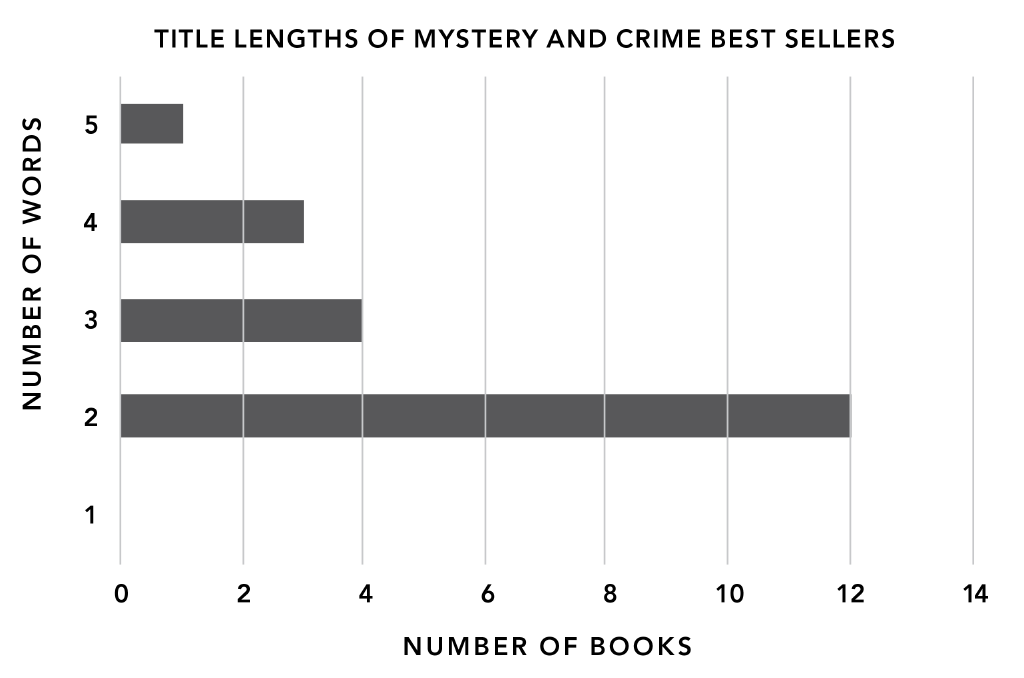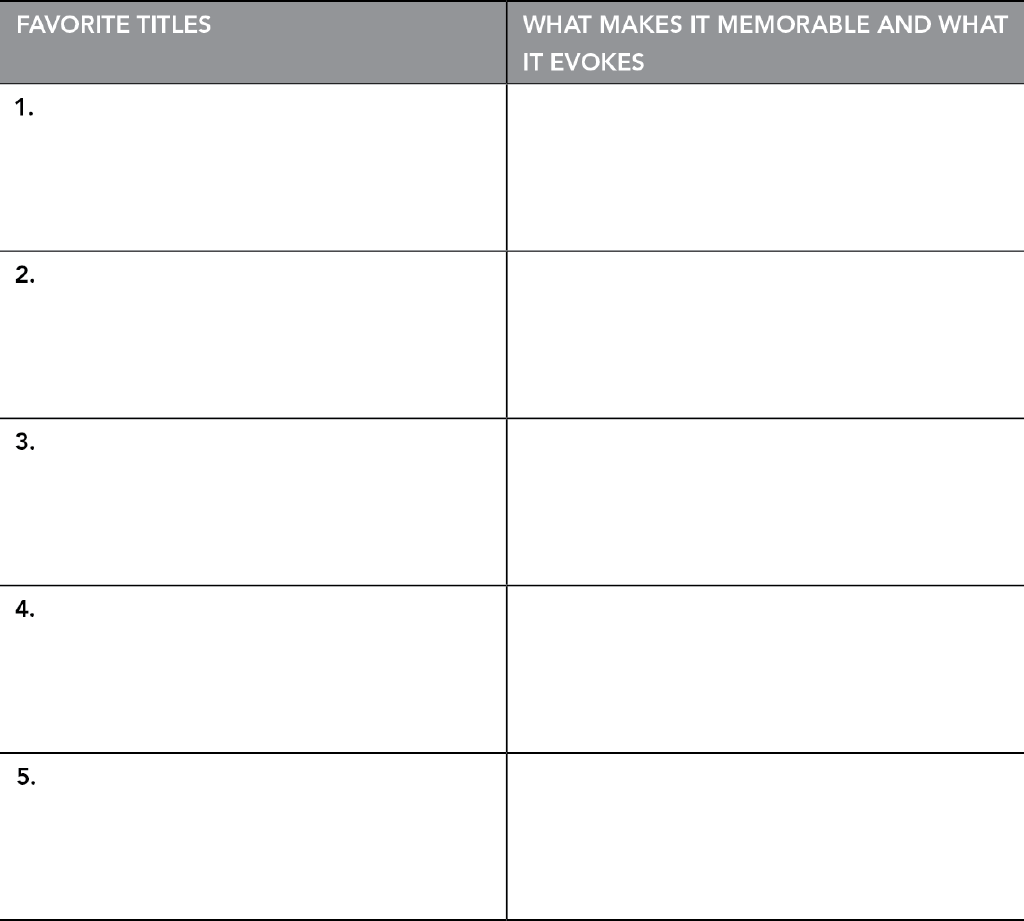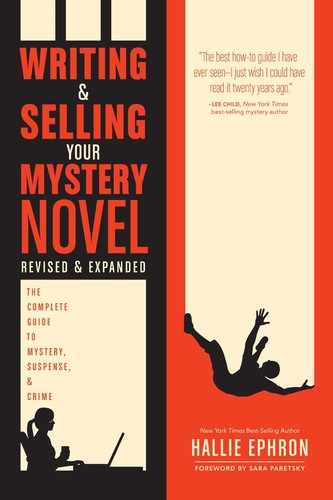Chapter 10
Picking a Title
“I start with a title. I use that as a springboard, then plunge into those dark, forbidding waters. The title keeps me focused throughout.”
—Evan McBain (a.k.a. Evan Hunter)
Picking a title for your novel is more of an art than a science. Of course, you don’t need a title to start writing, but just like typing THE END at the end of a completed draft, there’s something therapeutic about typing a title at the beginning—if only to show yourself that you’re officially off and writing.
Most writers consider the title they pick at this stage to be a working title, subject to change. Sometimes the book you start writing gets transformed by the time you get to the end, and you need a different title. Later, your publisher or agent may suggest a title change for what they perceive as marketing exigencies. Raymond Chandler wanted to call one of his novels The Second Murder; his publisher changed the title to Farewell, My Lovely, a change we can all agree was for the better.
WHAT’S IN A TITLE?
Like the cover art of your novel, the title should intrigue potential readers. You want a title that will pique the interest of your intended audience. It should tease with a hint of what lies between the covers.
Series writers often give their titles a common element. Sue Grafton captured the alphabet with hers, beginning with “A” Is for Alibi. John D. MacDonald splashed his Travis McGee novel titles with color, starting with The Deep Blue Good-by.
Here are the titles of the twenty mystery and crime fiction bestsellers listed on www.barnesandnoble.com in May 2016:
- 15th Affair by James Patterson
- The Last Mile by David Baldacci
- Extreme Prey by John Sandford
- Boar Island by Nevada Barr
- The Girl on the Train by Paula Hawkins
- Redemption Road by John Hart
- The Pursuit by Janet Evanovich and Lee Goldberg
- End of Watch by Stephen King
- Knit to Be Tied by Maggie Sefton
- The Crossing by Michael Connelly
- The Butterfly Sister by Amy Gail Hansen
- Mean Streak by Sandra Brown
- Books of a Feather by Kate Carlisle
- Family Jewels by Stuart Woods
- Tall Tail by Rita Mae Brown
- Ordinary Grace by William Kent Krueger
- 14th Deadly Sin by James Patterson
- Murder in Morningside Heights by Victoria Thompson
- Find Her by Lisa Gardner
- The Highwayman by Craig Johnson
Notice how many short titles there are.

A number of books on this list have recognizable series titles. James Patterson’s 15th Affair and 14th Deadly Sin are in his Women’s Murder Club series; Extreme Prey is a book in John Sandford’s Prey series. Maggie Sefton’s Knit to Be Tied has a punny title like the other cozy novels in her Knitting Mystery series.
Some titles provide a glimpse of setting (Boar Island and Murder in Morningside Heights). Others mine the theme of the book with an image or a phrase that has a double meaning (The Crossing and Family Jewels). “End of watch” is a police term used by officers in their reports to signify the end of their shift; fittingly, it’s the final of three books focusing on a police detective. Finally, alliteration makes a title easier to remember (Redemption Road and Tall Tail).
It’s also clear from a quick glance at the list that the author’s name is far more important than the book’s title. It’s sad but true: Best-selling authors’ names sell books. If no one knows your name, that’s even more reason to have a great title.
Whatever title you pick, it should accomplish the following:
- accurately pitch your book
- intrigue potential readers
- be easy to remember
Titles can’t be copyrighted, so there’s no law against naming your book Gone Girl or The Da Vinci Code—but I wouldn’t pick a title that’s so instantly recognizable. On the other hand, if your favorite title has already been used for a book no one remembers, feel free to use it.
Now You Try: Examining Your Favorite Titles (Worksheet 10.1)
Think about what you like in a book title. List five of your favorites—they don’t have to be mysteries. What is it about each title that made it memorable, and what does that title evoke about the book itself?

Download a printable version of this worksheet at www.writersdigest.com/writing-and-selling-your-mystery-novel-revised.
On Your Own: Picking a Title
- Brainstorm title ideas. Review your blueprint, and pay special attention to the premise, the backdrop and setting, the major plot points, and the main character. Free-associate; make a list of the words and images that come to mind. Circle five or ten you like best, and turn them into titles.
- Look up each of the five titles in an online bookstore to see how often it’s been used.
- Search for your potential titles online, and check each word in an online slang dictionary; that way, if you use a word like shag in your title, at least you’ll know up front that it has more than one meaning.
- Pick a title.
